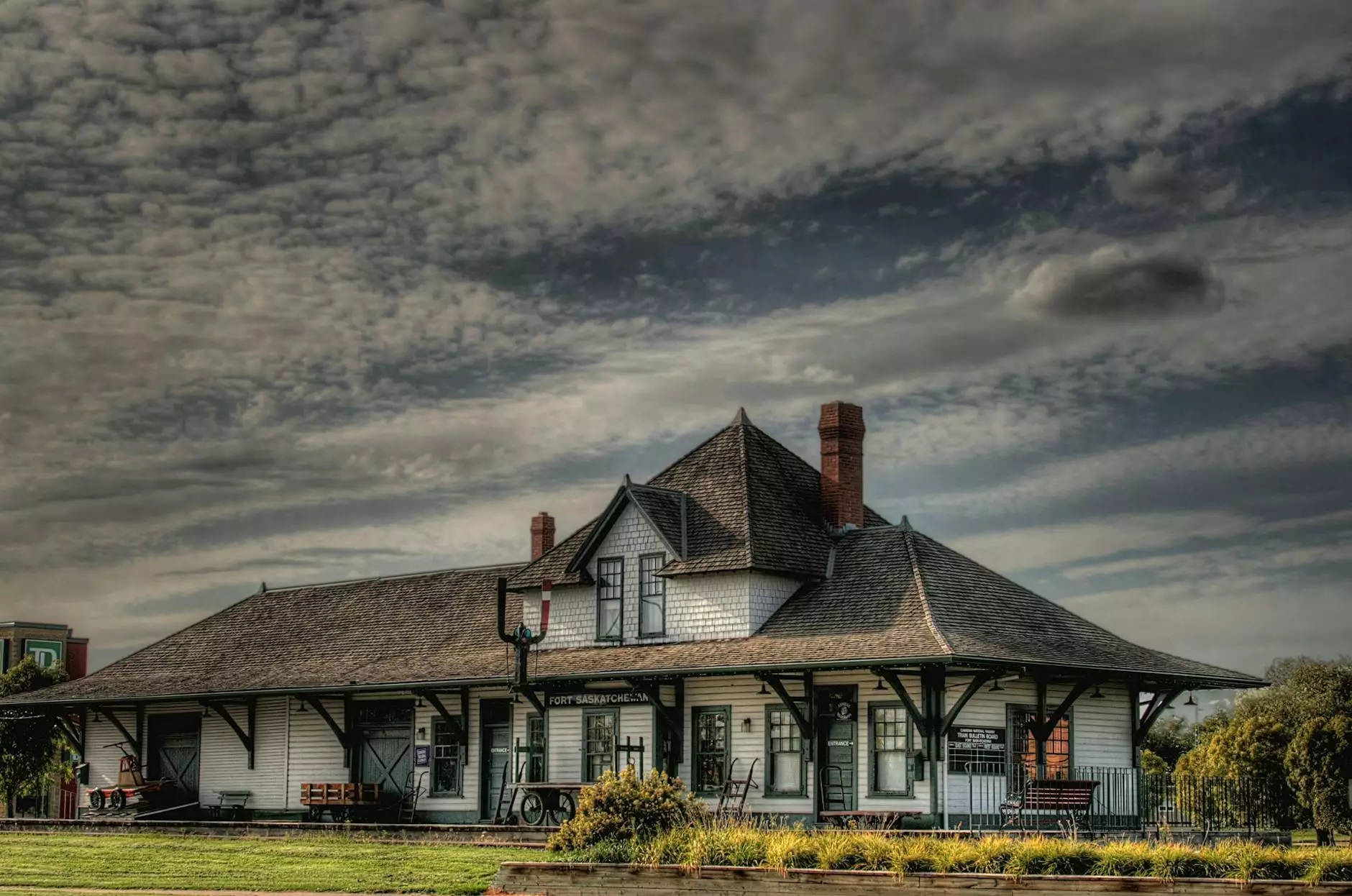Definition of the term Trim (Exterior)
Services
Introduction
Welcome to Nicholas Home Inspection & Consulting, your premier source for all your home inspection and consulting needs. In this article, we will delve into the definition and significance of exterior trim, an essential component of any residential or commercial property.
What is Exterior Trim?
Exterior trim refers to the decorative and protective elements installed on the exterior walls, doors, windows, and other exterior features of a building. It is primarily designed to enhance the aesthetic appeal of the building while also protecting it from various weather elements. Exterior trim can be made from various materials such as wood, vinyl, fiber cement, or composite materials.
The Significance of Exterior Trim
Exterior trim serves multiple functions, making it a vital component of any building. Let's explore some of its key significance:
1. Enhancing Curb Appeal
Exterior trim plays a crucial role in enhancing the overall visual appeal of a building. Well-designed and properly installed trim can add character and charm to any property, greatly increasing its curb appeal. Whether it's elegant crown molding, decorative window surrounds, or stylish door trim, exterior trim helps create a lasting impression.
2. Protection from Elements
One of the primary purposes of exterior trim is to protect the building from the elements. It acts as a barrier against moisture, pests, UV rays, and extreme temperatures. Properly installed trim helps prevent water intrusion, which can lead to structural damage, mold growth, and costly repairs. It also helps in maintaining proper insulation and energy efficiency.
3. Durability and Longevity
High-quality exterior trim materials, such as rot-resistant wood or durable composite materials, are designed to withstand the harsh outdoor conditions. They resist warping, cracking, and fading, ensuring long-lasting beauty and functionality. Investing in high-quality trim helps to minimize maintenance and replacement costs in the long run.
4. Architectural Detailing
Exterior trim offers an opportunity to add architectural detailing to a building. It allows for the incorporation of decorative elements, such as corbels, brackets, friezes, and dentil moldings, which can elevate the overall architectural aesthetic. The right choice of trim can complement the building's style, whether it's traditional, modern, Victorian, or any other architectural design.
Types of Exterior Trim
There is a wide variety of exterior trim options available to suit different architectural styles and personal preferences. Here are some common types of exterior trim:
1. Crown Molding
Crown molding is an elegant decorative trim installed at the intersection of walls and ceilings. It adds a touch of sophistication and can make a room feel more polished and complete.
2. Window and Door Trim
Window and door trim frames the openings and provides a finished look. It can range from simple casings to more elaborate surround designs, depending on the desired style.
3. Siding Trim
Siding trim is used along the edges of exterior siding panels or at the corners of a building. It helps to create clean lines and protects the edges from damage.
4. Fascia and Soffit
Fascia and soffit are trim elements located at the eaves of a roof. They not only provide a finished look but also protect the roof's edges and attic from moisture infiltration.
5. Decorative Accents
In addition to functional trim, there are various decorative accents available, such as brackets, corbels, gingerbread ornaments, and trim details that can add unique character and charm to a building's exterior.
Conclusion
Exterior trim is a vital component of any building, serving both functional and aesthetic purposes. Whether you are looking to enhance the curb appeal of your property or protect it from the elements, investing in high-quality exterior trim is key. At Nicholas Home Inspection & Consulting, we provide expert consulting and analytical services for all types of exterior trims. Contact us today to ensure your trim is in top-notch condition and discover how we can help you with all your inspection and consulting needs.




